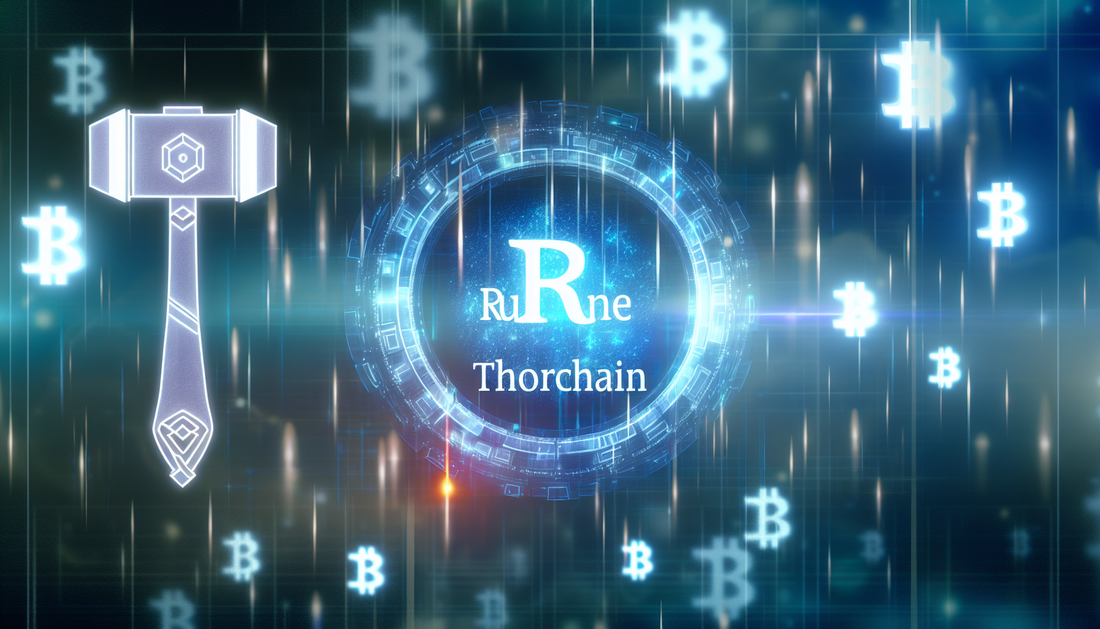
Decoding RUNE: The Heart of THORChain Tokenomics
Share
Understanding RUNE: Decoding THORChain’s Tokenomics
THORChain is a dynamic decentralized liquidity protocol that facilitates cross-chain liquidity for a range of digital assets, but what's crucial to its operation is its native token, RUNE. Understanding the tokenomics of RUNE is key to appreciating how THORChain maintains its utility and liquidity mechanisms.
The Role of RUNE in THORChain
RUNE, the native utility token of THORChain, serves several essential functions within the network. It acts as a bridge asset in liquidity pools and is a major component of the system's economic model. Essentially, RUNE is paired with every asset in pools, facilitating seamless swaps between different assets on various blockchains without wrapping or pegging.
Incentives and Fees
Another significant aspect of RUNE's tokenomics is its integration into the incentives and fees structure of THORChain. Transaction fees in the network are denoted in RUNE and are crucial to the operation's sustainability. Moreover, RUNE holders can participate in earning a portion of the swap fees by staking their RUNE in liquidity pools, promoting additional network engagement and offering attractive returns for participants willing to lock their assets.
Security Measures
Security plays a pivotal role in THORChain, with RUNE acting as a fundamental tool in securing the network. Validator nodes must bond RUNE as a security measure, which aligns their financial incentives with the network's security and ensures honest participation. This requirement of bonding RUNE also drives demand for the token, underscoring its value proposition.
Supply Dynamics
RUNE's total supply is deliberately capped, which introduces scarcity value. The token starts with a maximum supply of 500 million, with the goal of gradually reducing the supply over time through various mechanisms, including protocol costs and deflationary measures, which are designed to remove RUNE from circulation, a tactic to increase the value by decreasing supply.
Governance Aspect
While THORChain emphasizes decentralized governance, RUNE holders play a role in the decision-making processes affecting the network. By participating in network proposals and votes, RUNE holders can have a say on protocol upgrades and changes, providing a decentralized approach to adjusting operational features.
To draw parallels on how governance plays a role in decentralized platforms, you might want to explore MINA Protocol, which also emphasizes decentralized governance systems.
